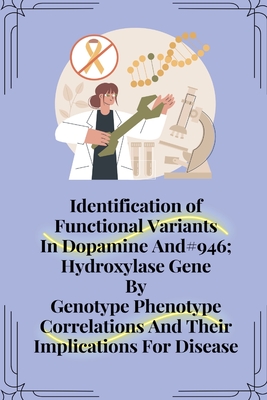You are here
Back to topIdentification of functional variants in dopamine and hydroxylase gene by genotype phenotype correlations and their implications for disease (Paperback)
Email or call for price
Description
Complex genetic diseases are those that cannot be mapped to a single loci, indicating an interaction between multiple loci and or an interaction with the environment. Four general models proposed to account for genetic variation underlying complex diseases are (1) Common disease-common variant (CDCV) hypothesis, (ii) infinitesimal model, (iii) the rare allele model and (iv) the broad sense heritability model (Gibson, 2012).
Common disease-common variant (CDCV) hypothesis states that a complex disease is largely attributable to a moderate number of common variants, each of which explains several per cent of the risk in a population (Lander, 1996, Reich and Lander, 2001, Pritchard and Cox, 2002, Botstein and Risch, 2003). The CDCV model predicts that the variants of a particular locus that contribute to disease are few but common in the population and that a complex disease results from interactions between variants of many different genes.
At the beginning of genome wide association study (GWAS) approach, the field was dominated by CDCV hypothesis. The CDCV hypothesis has now been refuted because of the observation that loci detected by GWAS explain a small minority of the inferred genetic variance or the missing heritability problem (Maher, 2008, Manolio et al., 2009).
Infinitesimal model proposes that common variants are among the major source of genetic variance for disease susceptibility and continuous traits, where hundreds or thousands of loci contribute in each case (Gibson, 2012). The variants identified in GWAS only capture a small percentage of the heritability estimated in complex traits. It signifies that the missing heritability is hidden beneath the significance thresholds used to define risk alleles with high confidence. In other words this model states that while half a dozen variants explain 10% per cent of risk in a population, the remainder is explained by innumerable variants that explains less than 1% of risk and have a genotype relative risk (GRR) of less than 1.1 (Park et al., 2010).
